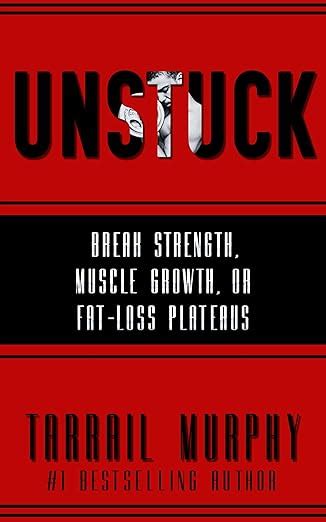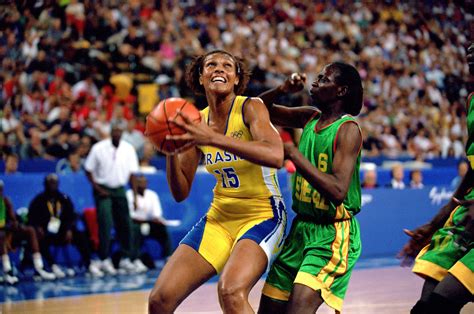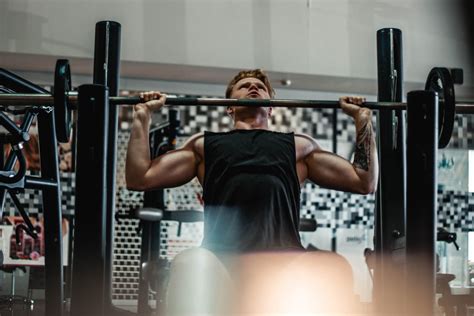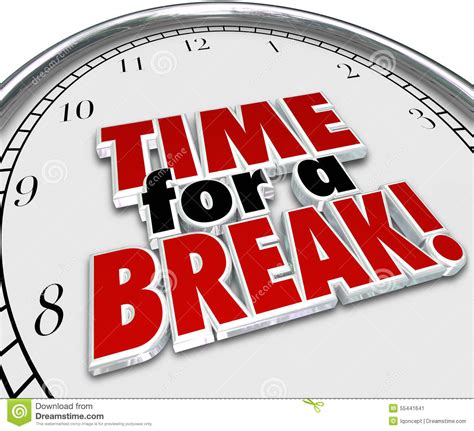Optimize workout intensity: How to break plateaus for peak strength gains?

Every dedicated lifter eventually faces it: the dreaded workout plateau. That frustrating period where your strength gains stall, your lifts don’t increase, and motivation wanes. It’s a natural part of the strength training journey, but it doesn’t have to be a permanent roadblock. Understanding why plateaus occur and implementing strategic adjustments to your workout intensity can unlock new levels of strength and muscle growth.
The Science Behind Plateaus
Plateaus are a signal that your body has adapted to the current training stimulus. Your muscles, nervous system, and connective tissues have become efficient at handling the loads you’re imposing, and without a new challenge, growth stagnates. To break through, you need to disrupt this adaptation, forcing your body to re-adapt at a higher level.

Mastering Progressive Overload Beyond Just Adding Weight
Progressive overload is the fundamental principle of strength training: continually increasing the demands on your muscles. While simply adding more weight is the most common method, it’s not the only one, nor is it infinitely sustainable. When you hit a plateau, it’s time to explore other forms of progressive overload:
- Increase Reps: If you can’t add weight, try to perform more repetitions with the current weight.
- Increase Sets: Add an extra set to your exercise routine.
- Decrease Rest Times: Shorter rest periods increase workout density and intensity.
- Improve Technique: A more efficient lift allows you to handle more weight or reps.
- Increase Time Under Tension: Slow down the eccentric (lowering) phase of a lift.
- Increase Frequency: Train a muscle group more often.
Strategic Intensity Modulation: RPE and RIR
Instead of just blindly adding weight, integrate advanced intensity modulation techniques. Rate of Perceived Exertion (RPE) and Reps in Reserve (RIR) are powerful tools to gauge and control workout intensity.
- RPE: A scale from 1 (no effort) to 10 (maximal effort). Aiming for an RPE of 7-9 for your working sets ensures you’re training effectively without over-fatiguing.
- RIR: How many more reps you could have performed before failure. Training with 1-3 RIR keeps you in the sweet spot for strength and hypertrophy.
By consciously varying your RPE/RIR targets across different training blocks, you can introduce new stimuli and prevent adaptation.

Periodization: The Blueprint for Continuous Progress
Linear progression (adding weight every session) eventually stops working. This is where periodization comes in – systematically varying your training program over time. Common periodization models include:
- Linear Periodization: Gradually increases intensity while decreasing volume over a macrocycle.
- Undulating Periodization (Daily/Weekly): Varies intensity and volume more frequently (e.g., heavy day, moderate day, light day within a week).
- Block Periodization: Focuses on specific qualities (e.g., hypertrophy, strength, power) in distinct blocks.
Implementing periodization prevents overtraining, allows for strategic recovery, and keeps your body guessing, leading to continuous adaptation and strength gains.

The Power of a Well-Timed Deload
Often, a plateau isn’t a sign of weakness, but of accumulated fatigue. A deload week involves significantly reducing your training volume and/or intensity (e.g., 50-70% of usual load/sets/reps) for a short period (typically 1 week). This allows your central nervous system to recover, repairs microtrauma, and re-sensitizes your body to training stimuli. Many lifters find they come back stronger and ready to break PRs after a proper deload.

Beyond the Gym: Recovery and Nutrition are Non-Negotiable
Your performance in the gym is only as good as your recovery outside of it. Neglecting these aspects will inevitably lead to plateaus, regardless of how perfectly you program your workouts.
- Sleep: Aim for 7-9 hours of quality sleep per night. This is when muscle repair and hormone regulation are optimized.
- Nutrition: Ensure adequate protein intake (1.6-2.2g/kg body weight) for muscle repair and growth, sufficient carbohydrates for energy, and healthy fats for hormonal function. A slight caloric surplus is often necessary for strength gains.
- Hydration: Stay well-hydrated throughout the day.
- Stress Management: Chronic stress elevates cortisol, which can hinder recovery and muscle growth.

Conclusion
Hitting a strength plateau is an opportunity, not a defeat. By understanding the principles of progressive overload, strategically manipulating intensity and volume through techniques like RPE and periodization, incorporating planned deloads, and prioritizing recovery and nutrition, you can consistently challenge your body and achieve new peaks in strength. Stay patient, be consistent, and most importantly, be smart about your training.









